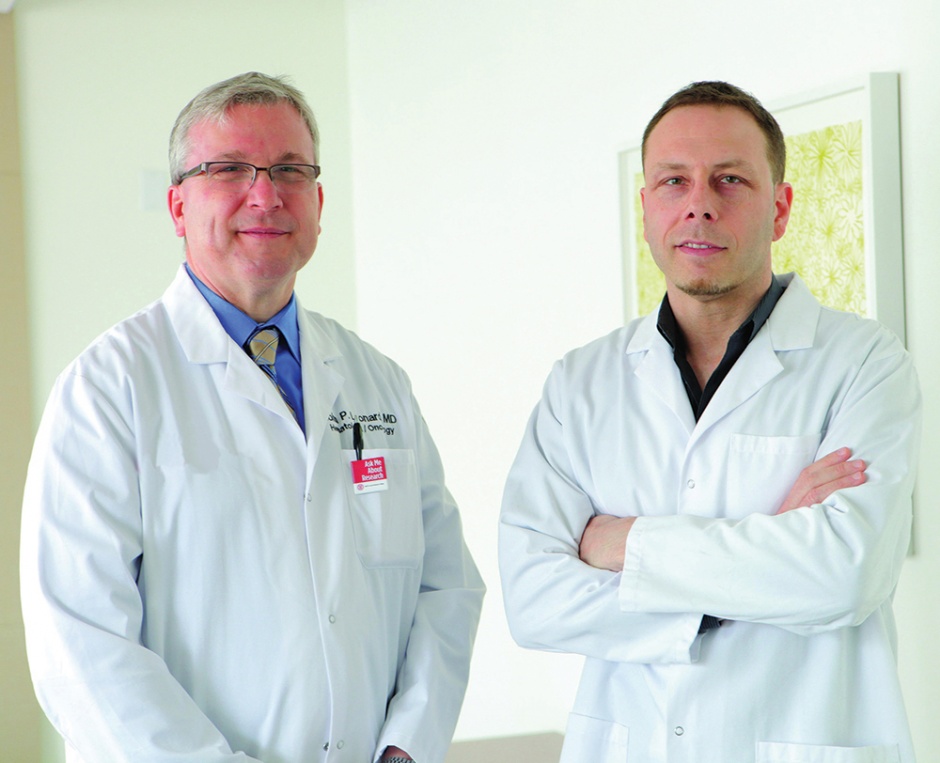Emerging strategies for treating progressive indolent B-Cell NHL
John P. Leonard, M.D., the Richard T. Silver Distinguished Professor of Hematology and Medical Oncology at Weill Cornell Medicine, recently spoke about emerging treatment and infusion strategies in progressive indolent B-Cell NHL at the Chemotherapy Foundation Symposium. Here is coverage of the talk in Oncology Times.
"The majority of patients do not die of indolent lymphoma—they die with indolent lymphoma,” Leonard said. “But there are some patients who die from [indolent B-cell non-Hodgkin lymphoma] who we need to identify and treat with more effective therapy."
And when talking about recurrent disease, there are a number of different agents available and being studied, he explained.
The Agents
Bendamustine, though now used as initial therapy, was first approved in rituximab-refractory patients, Leonard noted, adding that there are several new agents that hold promise.
Here are the few that he touched on—some available, and some still being evaluated in clinical trials:
* Obinutuzumab (being evaluated in combination with bendamustine versus bendamustine alone);
* Lenalidomide (being evaluated with rituximab versus rituximab alone in the AUGMENT study, which is currently accruing patients); and
* Idelalisib (approved for patients with relapsed follicular B-cell non-Hodgkin lymphoma and relapsed small lymphocytic lymphoma for patients who have received at least two prior systemic therapies).
Plus, some of these new drugs are being evaluated in other trials used in combination therapies, including in triplets, he said. “Stay tuned for the results of those trials.”
Additionally, other PI3-kinase inhibitors including copanlisib are showing activity in follicular lymphoma, and the Bruton's tyrosine kinase inhibitor ibrutnib is showing activity in mantle cell lymphoma, he noted.
The Bottom Line
The bottom line, he concluded, is that studies have shown that as many as 80 percent of patients live longer than two years past initial therapy and their overall survival is essentially the same as the normal population.
But for the 20 percent who do have progression within two years—“these are the patients for whom we need to think about the novel approaches. How do we identify these patients? How do we really bring these novel approaches to life for these patients?”




